Home>Furniture & Design>Interior Design Trends>How To Tell If A Diamond Is Real With A Magnifying Glass
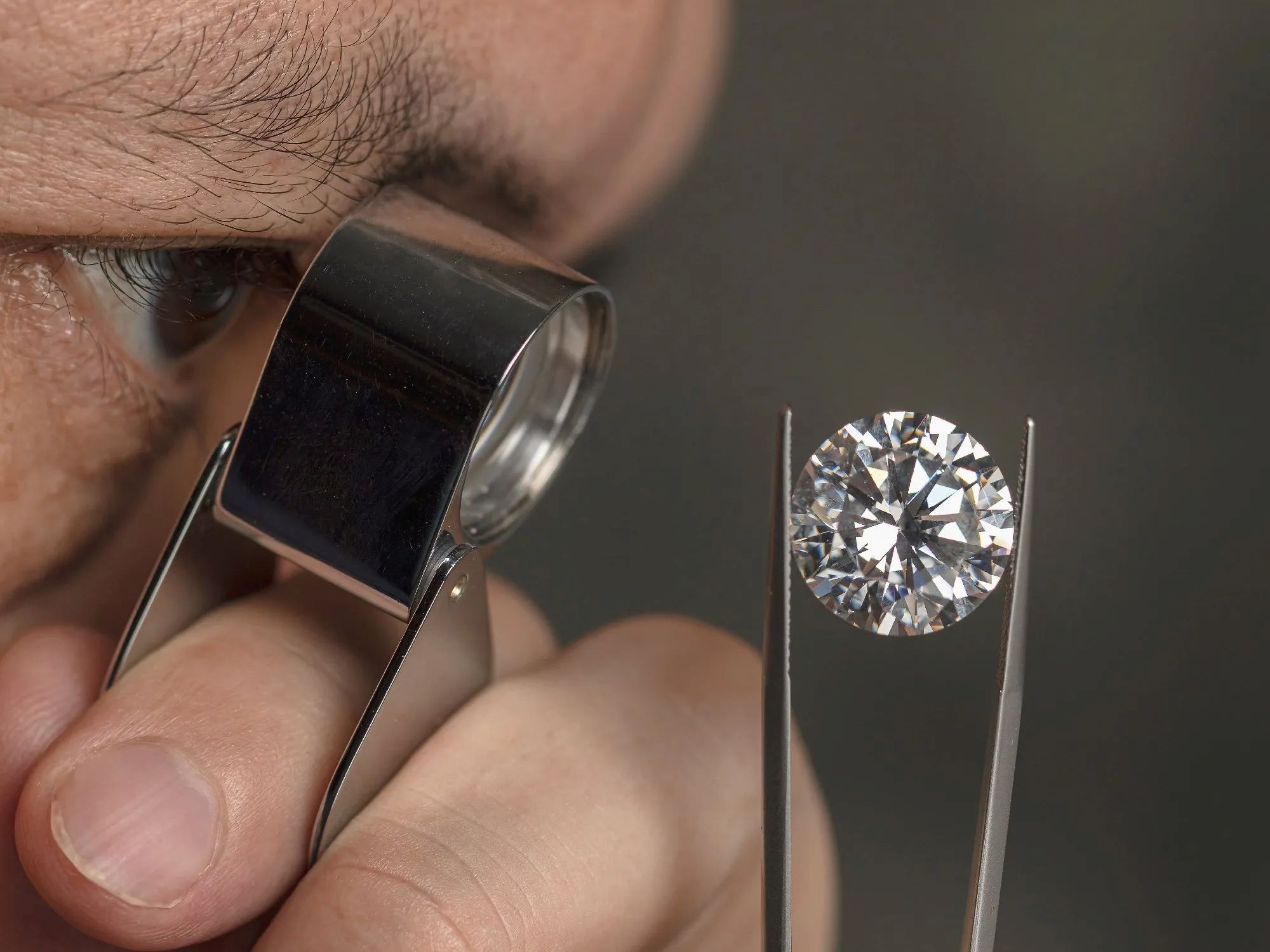

Interior Design Trends
How To Tell If A Diamond Is Real With A Magnifying Glass
Published: February 3, 2024
Learn how to use a magnifying glass to determine if a diamond is real. Discover the latest interior design trends and tips for your home.
(Many of the links in this article redirect to a specific reviewed product. Your purchase of these products through affiliate links helps to generate commission for Storables.com, at no extra cost. Learn more)
Introduction
When it comes to assessing the authenticity of a diamond, the process can seem daunting at first. However, with the right tools and knowledge, you can confidently determine whether a diamond is real or not. One of the most accessible and effective methods for this assessment is using a magnifying glass. By closely examining the diamond's characteristics and properties, you can uncover telltale signs that distinguish a genuine diamond from a counterfeit one.
In this comprehensive guide, we will delve into the step-by-step process of using a magnifying glass to discern the authenticity of a diamond. From gathering the necessary materials to scrutinizing the diamond's imperfections and refractive properties, each step is crucial in the evaluation process. By the end of this guide, you will have a clear understanding of how to leverage a magnifying glass to distinguish between a real diamond and an imitation.
Let's embark on this enlightening journey to unravel the mysteries of diamond authenticity. With a keen eye and the right approach, you will gain the confidence to make informed assessments and distinguish genuine diamonds from their simulated counterparts.
Key Takeaways:
- Use a magnifying glass and essential tools to examine a diamond’s facets, imperfections, and refractive properties. Look for symmetrical facets, natural inclusions, vibrant colors, and dazzling light to determine authenticity.
- Genuine diamonds have unique imperfections, captivating refractive properties, and precise measurements. By carefully scrutinizing these traits, you can uncover the natural beauty and authenticity of a diamond.
Read more: How To Tell If A Gem Is Real Or Glass
Step 1: Gather the necessary materials
Before embarking on the journey of scrutinizing a diamond's authenticity, it is essential to gather the requisite materials to ensure a thorough and accurate assessment. The following items are indispensable for this process:
-
Magnifying Glass: A high-quality magnifying glass, preferably with 10x magnification, is crucial for examining the minute details of the diamond. This tool allows you to closely inspect the diamond's facets, inclusions, and other distinguishing features.
-
Light Source: Adequate lighting is imperative for illuminating the diamond during the examination. Natural daylight or a bright LED light source can help reveal the diamond's brilliance and facilitate a comprehensive assessment.
-
Clean Cloth: A soft, lint-free cloth is essential for handling the diamond and ensuring its cleanliness before inspection. This cloth can be used to gently wipe the diamond's surface to remove any dirt or smudges that may obscure its features.
-
Scale: A precise digital scale capable of measuring in carats is necessary to determine the diamond's weight accurately. This step is crucial in conjunction with other assessments to ascertain the diamond's authenticity.
-
Diamond Grading Chart: Having a diamond grading chart or reference material on hand can aid in comparing the diamond's characteristics against established standards. This reference will assist in identifying specific traits and evaluating the diamond's quality.
-
Documentation: If available, any existing documentation or certificates related to the diamond, such as a diamond grading report from a reputable gemological laboratory, should be gathered for reference. This documentation can provide valuable insights into the diamond's origin and characteristics.
By ensuring the availability of these essential materials, you are well-equipped to commence the meticulous process of examining the diamond's authenticity. Each item plays a pivotal role in facilitating a comprehensive and accurate assessment, ultimately leading to a confident determination of the diamond's genuineness. With these materials at your disposal, you are prepared to embark on the subsequent steps of scrutinizing the diamond under the magnifying glass and unraveling its inherent traits.
Step 2: Examine the diamond under the magnifying glass
With the essential materials gathered, it's time to focus on the pivotal step of examining the diamond under the magnifying glass. This phase of the assessment allows for a close-up inspection of the diamond's intricate details, enabling the observer to discern key characteristics that distinguish a genuine diamond from a counterfeit one.
Begin by positioning the diamond under the magnifying glass in a well-lit area, ensuring that the light source effectively illuminates the diamond's facets. The magnifying glass, preferably with 10x magnification, serves as a powerful tool for unveiling the diamond's inherent features. As you peer through the magnifying lens, pay close attention to the following aspects:
-
Facet Examination: Carefully scrutinize the diamond's facets to identify any irregularities or inconsistencies. Genuine diamonds typically exhibit precise and symmetrical facet patterns, reflecting the stone's exceptional craftsmanship. Look for sharp, well-defined facet edges and uniformity in the arrangement of facets across the diamond's surface.
-
Inclusion Analysis: Inclusions, also known as internal characteristics or flaws, are natural identifying marks present within diamonds. Under the magnifying glass, meticulously observe the diamond for the presence of inclusions, such as tiny crystals, feathers, or pinpoint spots. Genuine diamonds often contain minute inclusions that contribute to their unique fingerprint, whereas simulated diamonds may lack these natural imperfections.
-
Color Assessment: While examining the diamond, assess its color characteristics with precision. Genuine diamonds exhibit a remarkable play of color, known as dispersion, which results in the dispersion of light into spectral hues. Look for vibrant flashes of color within the diamond, indicative of its authentic nature.
-
Brilliance and Fire: Evaluate the diamond's brilliance and fire, which refer to its ability to reflect and refract light. Genuine diamonds possess exceptional brilliance and fire, dispersing light into a dazzling display of spectral colors. Through the magnifying glass, observe the diamond's scintillation and the mesmerizing play of light within the stone.
By meticulously examining the diamond under the magnifying glass and focusing on these critical attributes, you can gain valuable insights into the stone's authenticity. This detailed scrutiny sets the stage for a comprehensive assessment, laying the groundwork for the subsequent steps in determining the diamond's genuineness.
With the magnifying glass serving as your window into the diamond's world, you are poised to unravel its captivating intricacies and unravel the truth behind its authenticity. This meticulous examination marks a significant milestone in the quest to distinguish genuine diamonds from their simulated counterparts, setting the stage for further insightful evaluations.
Step 3: Look for imperfections and inclusions
As you scrutinize the diamond under the magnifying glass, a critical aspect of the assessment involves examining the stone for imperfections and inclusions. These natural characteristics, often referred to as "nature's fingerprints," are inherent to genuine diamonds and play a pivotal role in distinguishing them from synthetic or simulated counterparts.
Imperfections, also known as blemishes, encompass external flaws such as scratches, nicks, or abrasions on the diamond's surface. Under the magnifying lens, carefully inspect the diamond for any visible imperfections that may indicate its authenticity. Genuine diamonds may exhibit minor surface blemishes, which are a testament to the stone's natural formation and journey from the depths of the earth to its eventual discovery.
Inclusions, on the other hand, are internal characteristics within the diamond, including tiny crystals, feathers, or pinpoint spots. These natural formations are unique to each diamond and contribute to its individuality. When examining the diamond under magnification, observe the presence of these inclusions, which are often referred to as the diamond's "birthmarks." Genuine diamonds typically contain these minute inclusions, which are a testament to their natural origin and formation over millions of years.
The presence of imperfections and inclusions in a diamond serves as a compelling indicator of its authenticity. While simulated or lab-created diamonds may appear flawless, genuine diamonds often bear these natural characteristics, reflecting their organic creation deep within the earth's mantle. By meticulously scrutinizing the diamond for imperfections and inclusions, you gain valuable insights into its natural origin and inherent traits, further solidifying the assessment of its authenticity.
As you navigate this phase of the examination, pay close attention to the size, location, and distribution of imperfections and inclusions within the diamond. Genuine diamonds exhibit a unique pattern of these natural characteristics, contributing to their individual identity and confirming their status as natural creations. This meticulous observation under the magnifying glass unveils the captivating story encapsulated within the diamond, allowing you to discern its authenticity with confidence.
In the quest to distinguish genuine diamonds from synthetic or simulated counterparts, the presence of imperfections and inclusions serves as a compelling testament to the diamond's natural heritage. This phase of the examination unveils the inherent beauty of genuine diamonds, characterized by their unique imperfections and inclusions, which stand as enduring symbols of their natural genesis.
Look for small imperfections or inclusions inside the diamond when examining it with a magnifying glass. Real diamonds often have these natural flaws, while fake ones may appear too perfect.
Step 4: Check for the diamond's refractive properties
The assessment of a diamond's refractive properties is a pivotal step in discerning its authenticity and inherent brilliance. Refractive properties, encompassing the diamond's ability to bend and disperse light, serve as a compelling indicator of its genuine nature. Through a meticulous examination under the magnifying glass, one can unravel the mesmerizing play of light within the diamond, shedding light on its unique refractive characteristics.
As you focus on evaluating the diamond's refractive properties, pay close attention to the following key aspects:
-
Brilliance and Scintillation: Genuine diamonds exhibit exceptional brilliance and scintillation, characterized by their ability to reflect and refract light with unparalleled radiance. When scrutinizing the diamond under the magnifying glass, observe the mesmerizing play of light as it dances within the stone, creating a captivating display of spectral colors. The diamond's brilliance, manifested through its dazzling sparkle and luminous allure, serves as a testament to its authentic nature.
-
Fire and Dispersion: The diamond's fire, also known as dispersion, refers to its capacity to disperse light into spectral hues, unveiling a breathtaking array of colors. As you examine the diamond under magnification, observe the vibrant flashes of color that emanate from within the stone, indicative of its genuine refractive properties. Genuine diamonds possess a remarkable ability to scatter light into a dazzling spectrum, showcasing their unparalleled fire and dispersion.
-
Refraction Patterns: Delve into the intricate refraction patterns within the diamond, observing the manner in which light traverses through the stone and emerges with unparalleled brilliance. Genuine diamonds often exhibit precise and consistent refraction patterns, reflecting their exceptional quality and natural formation. By closely scrutinizing the diamond's refraction patterns, you can gain valuable insights into its authentic refractive properties.
The examination of the diamond's refractive properties unveils its inherent beauty and captivating allure, providing a compelling glimpse into its genuine nature. The interplay of light within the diamond, characterized by its brilliance, fire, and refraction patterns, serves as a testament to its natural origin and exceptional quality. By immersing oneself in the enchanting world of the diamond's refractive properties, one can gain a profound appreciation for its authenticity and timeless allure.
This meticulous scrutiny under the magnifying glass sets the stage for a comprehensive assessment of the diamond's refractive properties, paving the way for a confident determination of its genuine nature. As you embark on this enlightening exploration, the diamond's inherent radiance and captivating refractive properties will undoubtedly captivate your senses, reaffirming its status as a true marvel of nature.
Read more: How To Tell If Milk Glass Is Real
Step 5: Verify the diamond's weight and measurements
The meticulous assessment of a diamond's weight and measurements is a crucial step in discerning its authenticity and intrinsic characteristics. By delving into the precise measurements and weight of the diamond, one can unravel valuable insights that contribute to the comprehensive evaluation of its genuineness.
Begin by carefully placing the diamond on a precise digital scale capable of measuring in carats. The accuracy of the scale is paramount, as even the slightest deviation in weight measurement can yield significant implications. As the diamond rests upon the scale, observe the digital readout with unwavering attention, noting the exact weight of the stone. Genuine diamonds possess specific weight ranges corresponding to their carat measurements, and this precise assessment serves as a pivotal indicator of their authenticity.
In addition to the weight measurement, it is essential to ascertain the diamond's precise measurements, including its diameter, depth, and proportions. Utilizing a precise measuring tool, meticulously record the diamond's dimensions, ensuring accuracy in each measurement. Genuine diamonds often exhibit precise and consistent proportions, reflecting the exceptional craftsmanship and natural formation inherent to these remarkable gemstones.
As you delve into the realm of the diamond's weight and measurements, consider the interplay between these quantitative attributes and the stone's qualitative characteristics. Genuine diamonds, with their inherent brilliance and captivating allure, are intricately intertwined with their precise weight and measurements, culminating in a harmonious symphony of natural beauty and exceptional craftsmanship.
The verification of the diamond's weight and measurements sets the stage for a comprehensive assessment, providing a tangible foundation upon which to discern its authenticity. By immersing oneself in the meticulous scrutiny of these quantitative attributes, one gains a profound appreciation for the diamond's inherent qualities and its status as a genuine marvel of nature.
As the assessment of the diamond's weight and measurements unfolds, the convergence of precision and beauty becomes apparent, reaffirming the stone's authenticity and timeless allure. This phase of the examination, characterized by its focus on quantitative attributes, complements the qualitative evaluations, culminating in a holistic understanding of the diamond's genuine nature.
In the quest to distinguish genuine diamonds from their simulated counterparts, the verification of weight and measurements serves as a compelling testament to the stone's natural origin and exceptional quality. This meticulous scrutiny unveils the inherent beauty and captivating allure of genuine diamonds, solidifying their status as enduring symbols of nature's unparalleled artistry.
Conclusion
In conclusion, the journey of assessing the authenticity of a diamond through the lens of a magnifying glass unveils a captivating narrative of nature's unparalleled artistry and the enduring allure of genuine diamonds. From the meticulous examination of the diamond's facets and refractive properties to the scrutiny of imperfections, inclusions, and quantitative measurements, each step in the assessment process contributes to a comprehensive understanding of the diamond's genuine nature.
As the magnifying glass serves as a portal into the mesmerizing world of diamonds, it becomes evident that genuine diamonds possess a symphony of captivating traits that set them apart from their simulated counterparts. The precise examination of the diamond's facets reveals a tapestry of brilliance and scintillation, reflecting the stone's exceptional craftsmanship and natural formation. The presence of imperfections and inclusions within genuine diamonds serves as enduring symbols of their organic genesis, further solidifying their authenticity.
Moreover, the interplay of light within the diamond, characterized by its unparalleled fire, dispersion, and refraction patterns, unveils a captivating display of nature's artistry. Genuine diamonds, with their ability to scatter light into a dazzling spectrum of colors, stand as timeless testaments to their natural origin and exceptional quality. The convergence of these qualitative attributes, complemented by the precise verification of the diamond's weight and measurements, culminates in a holistic understanding of the stone's genuine nature.
Through this enlightening exploration, one gains a profound appreciation for the inherent beauty and captivating allure of genuine diamonds. The journey of using a magnifying glass to discern the authenticity of a diamond transcends mere assessment; it becomes a celebration of nature's unparalleled artistry and the enduring legacy of these remarkable gemstones.
In the quest to distinguish genuine diamonds from their simulated counterparts, the magnifying glass emerges as a powerful tool that unveils the captivating story encapsulated within each diamond. With a keen eye and a deep understanding of the assessment process, one can confidently discern the authenticity of diamonds, unlocking the timeless allure and inherent brilliance of these natural marvels.
As we conclude this insightful journey, the magnifying glass stands as a symbol of clarity and revelation, offering a glimpse into the captivating world of diamonds and reaffirming their status as enduring symbols of nature's unparalleled artistry.
Frequently Asked Questions about How To Tell If A Diamond Is Real With A Magnifying Glass
Was this page helpful?
At Storables.com, we guarantee accurate and reliable information. Our content, validated by Expert Board Contributors, is crafted following stringent Editorial Policies. We're committed to providing you with well-researched, expert-backed insights for all your informational needs.
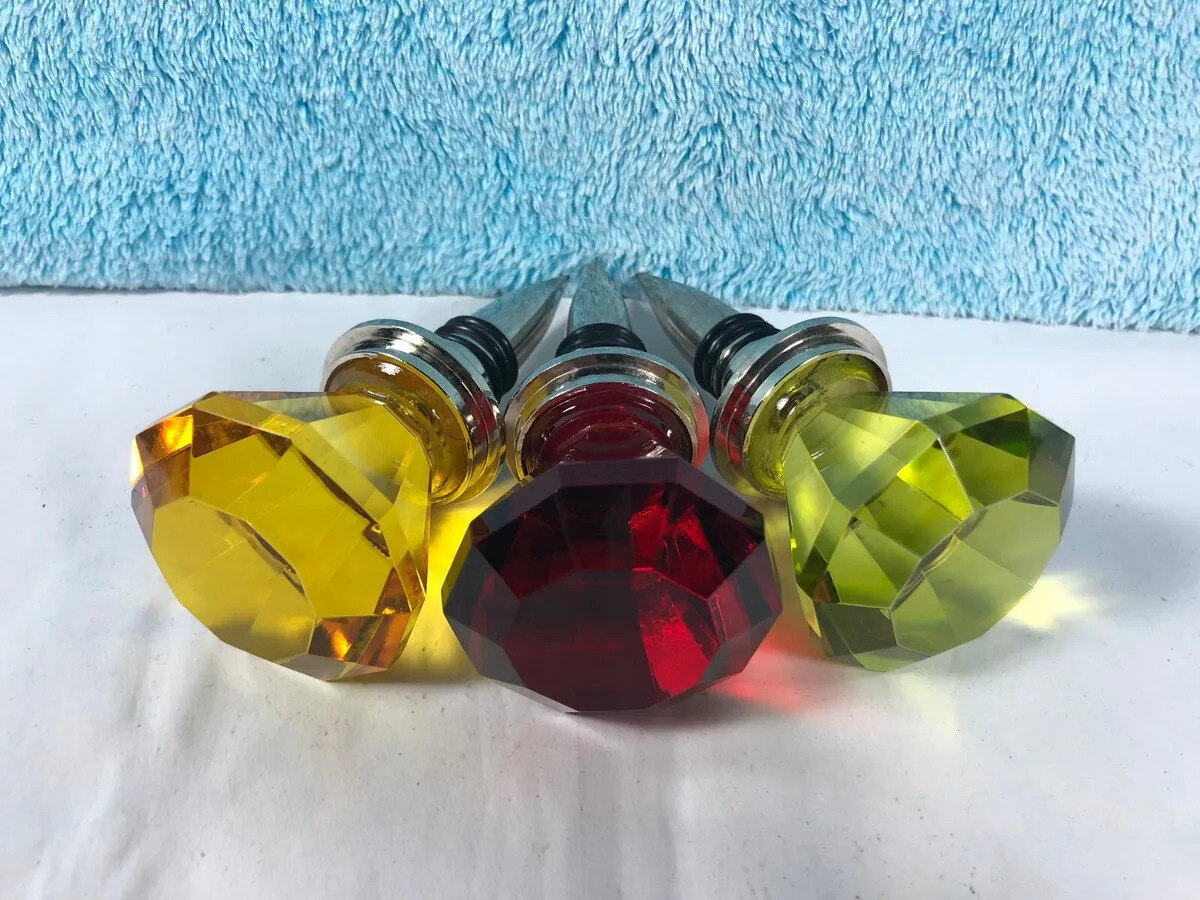
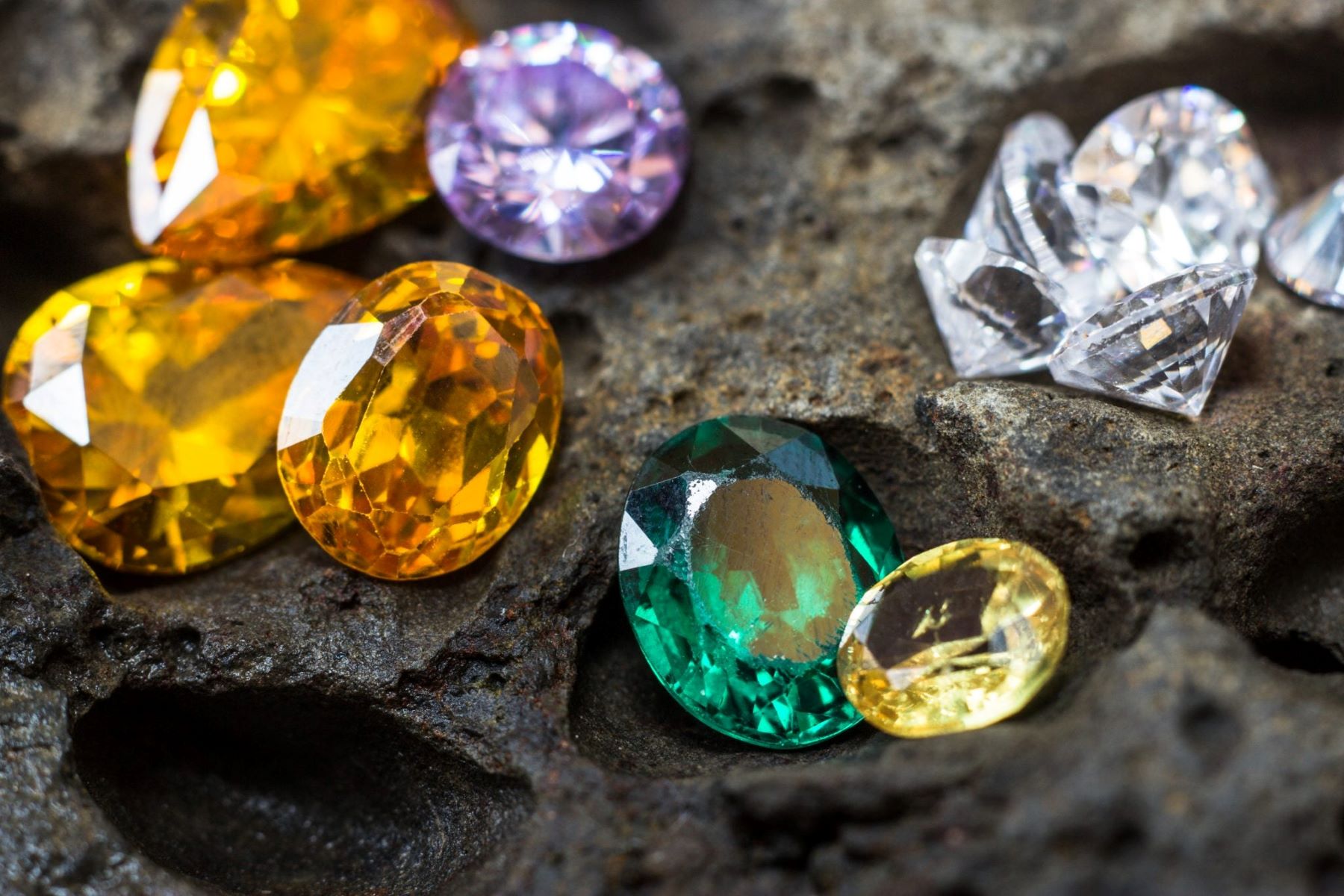
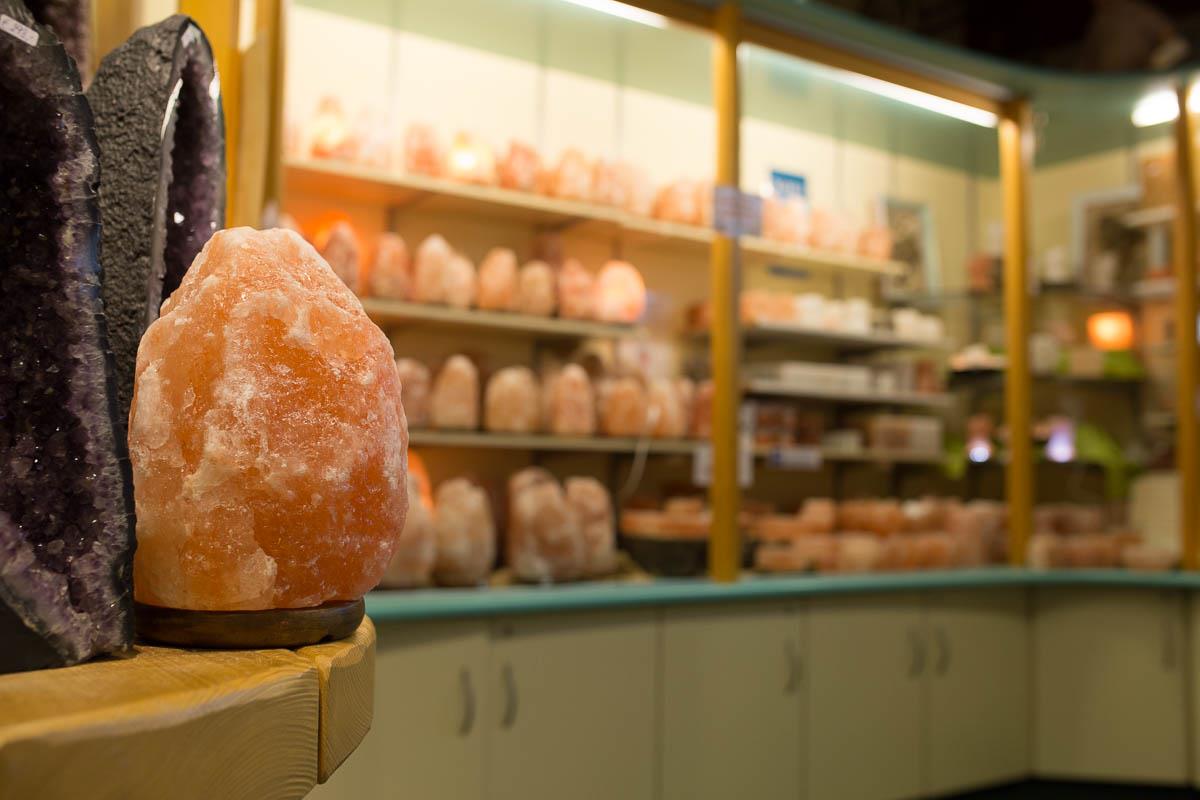
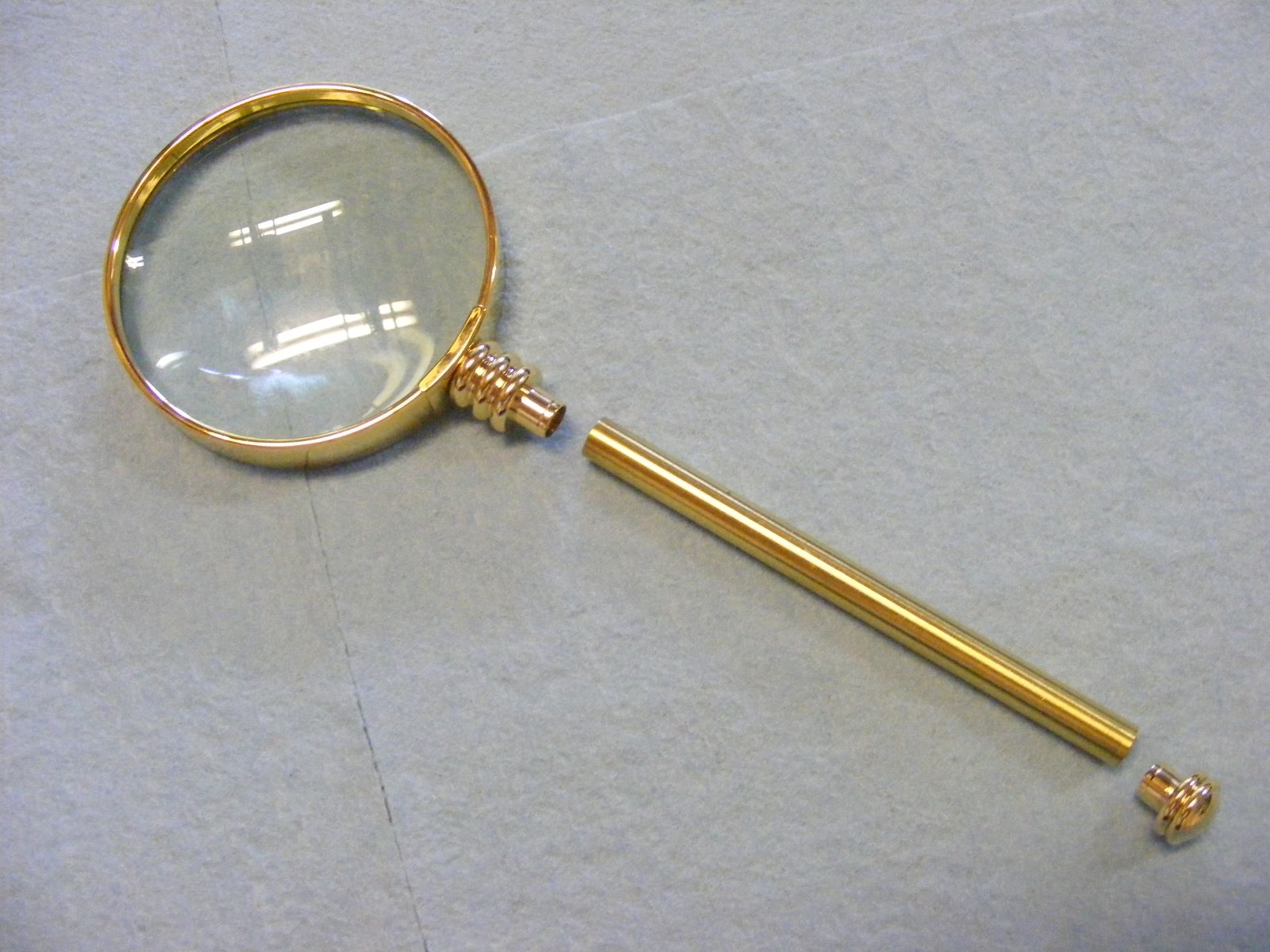
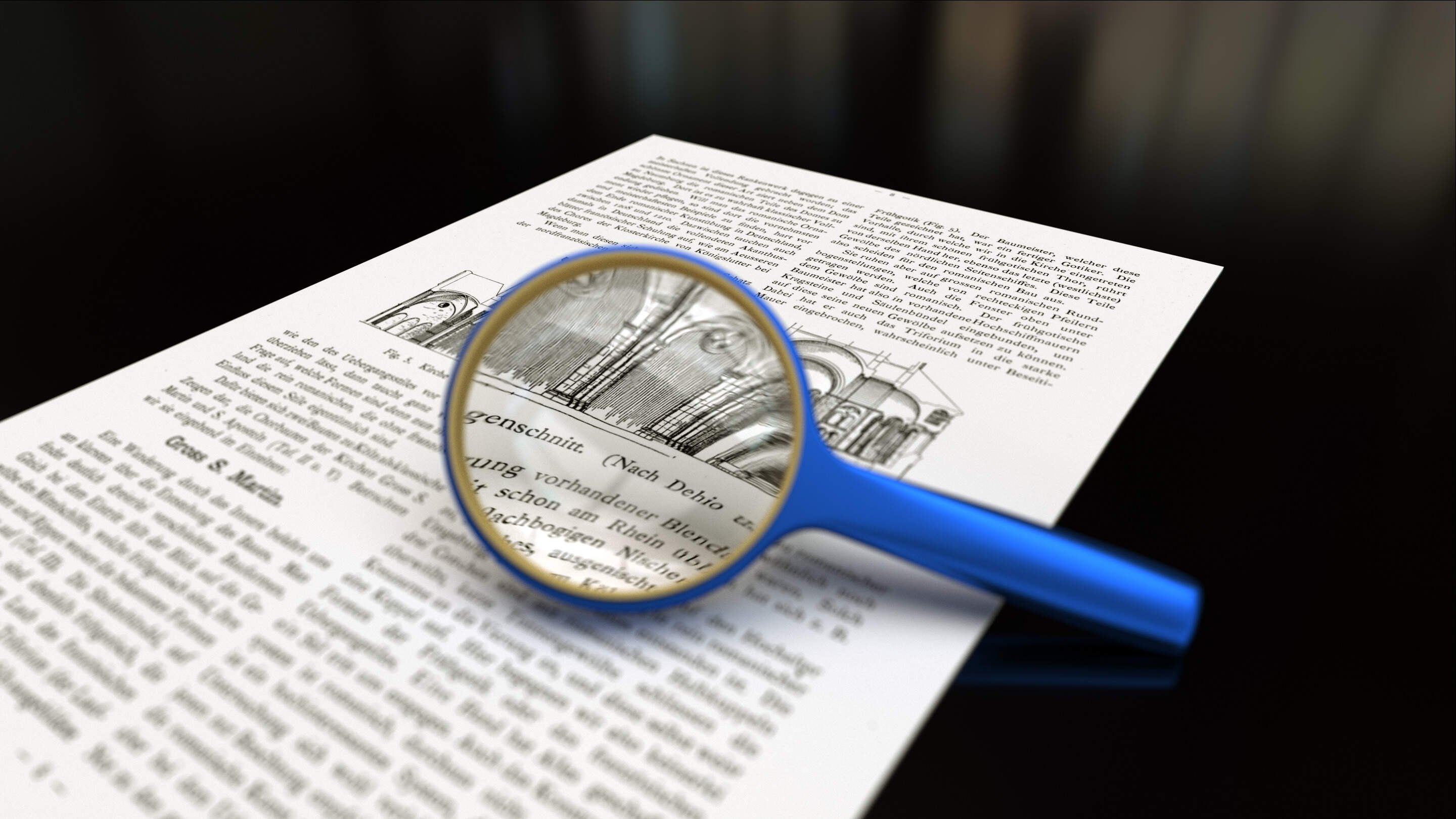
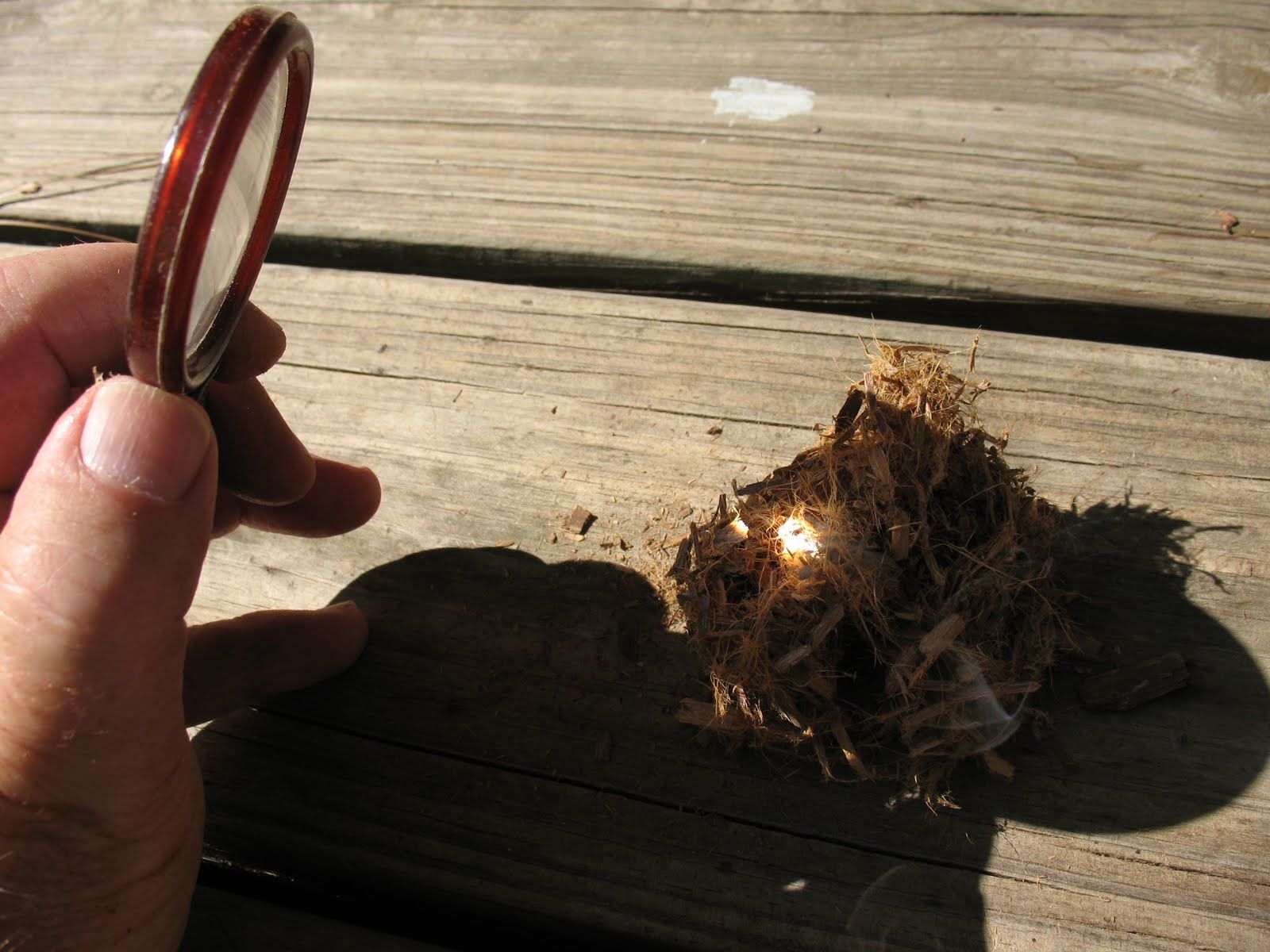
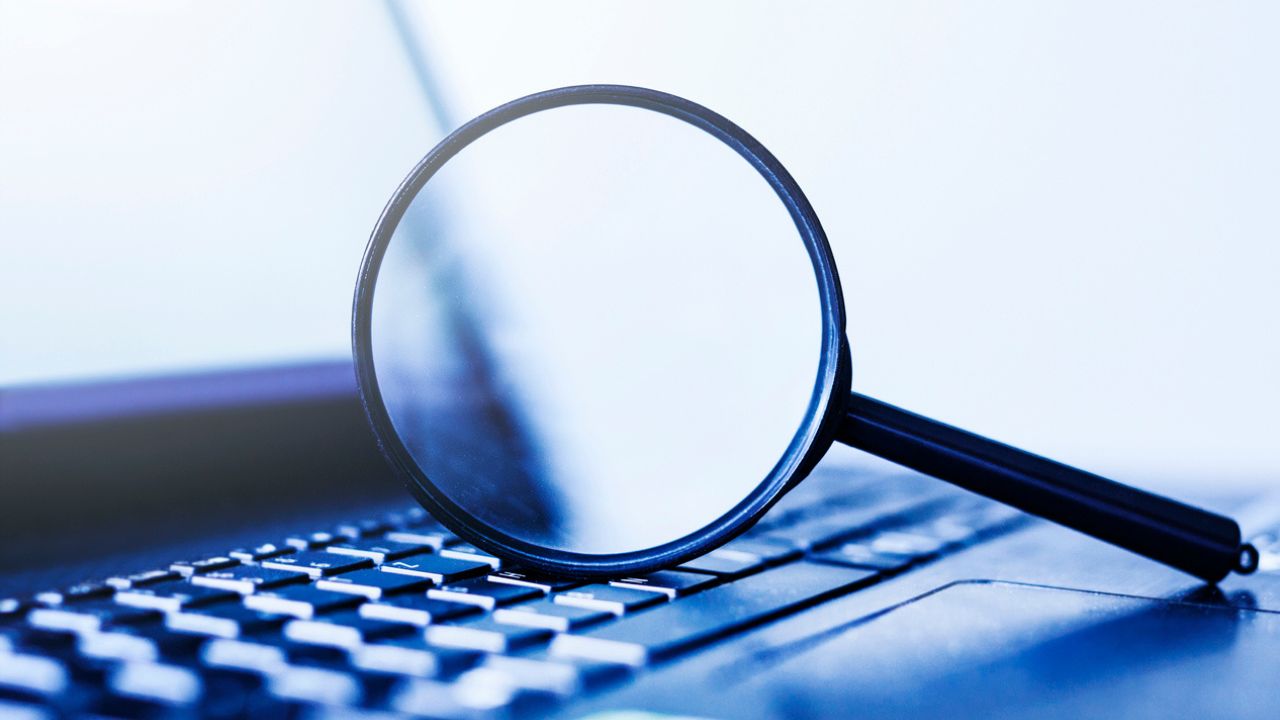
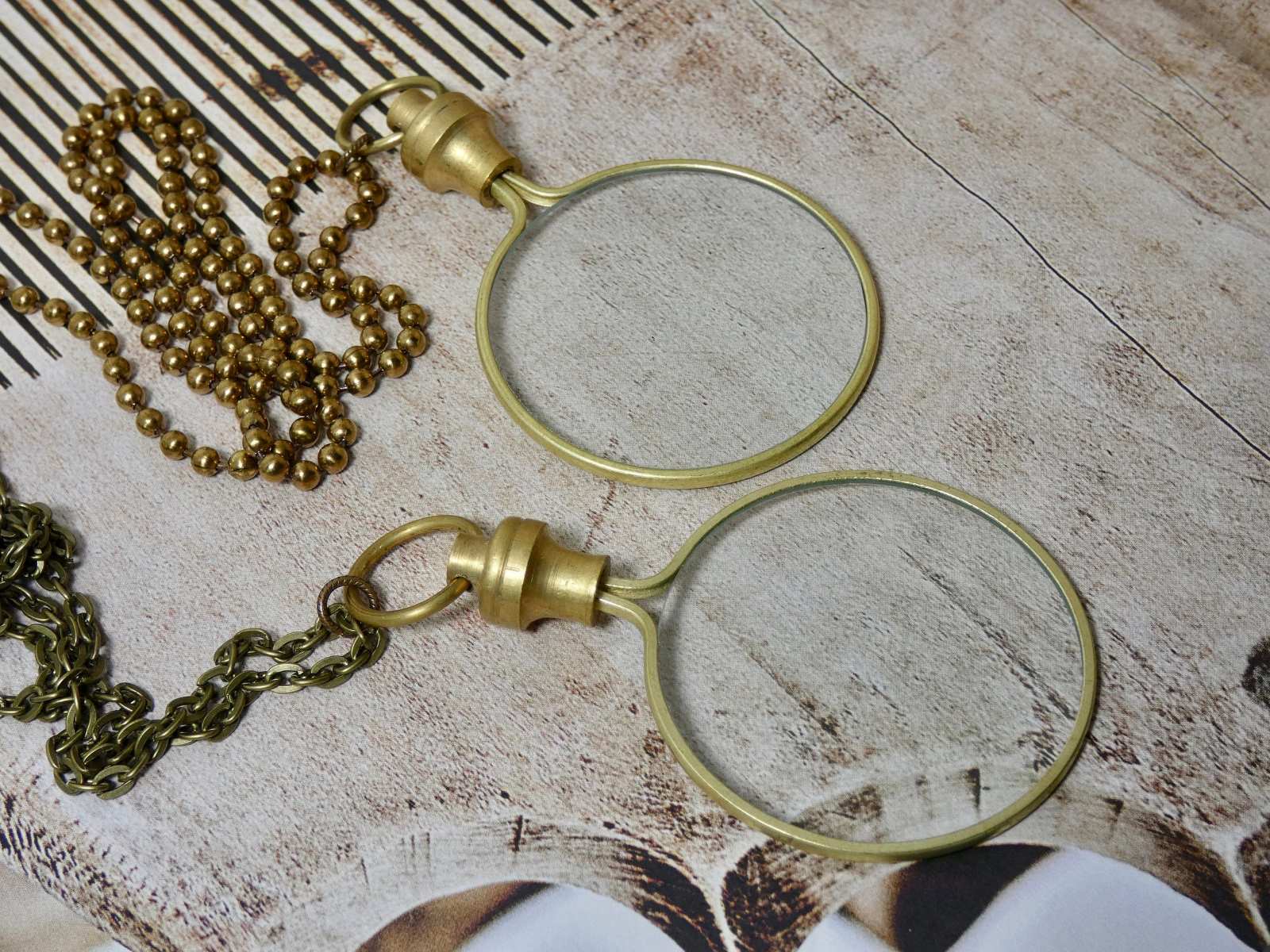
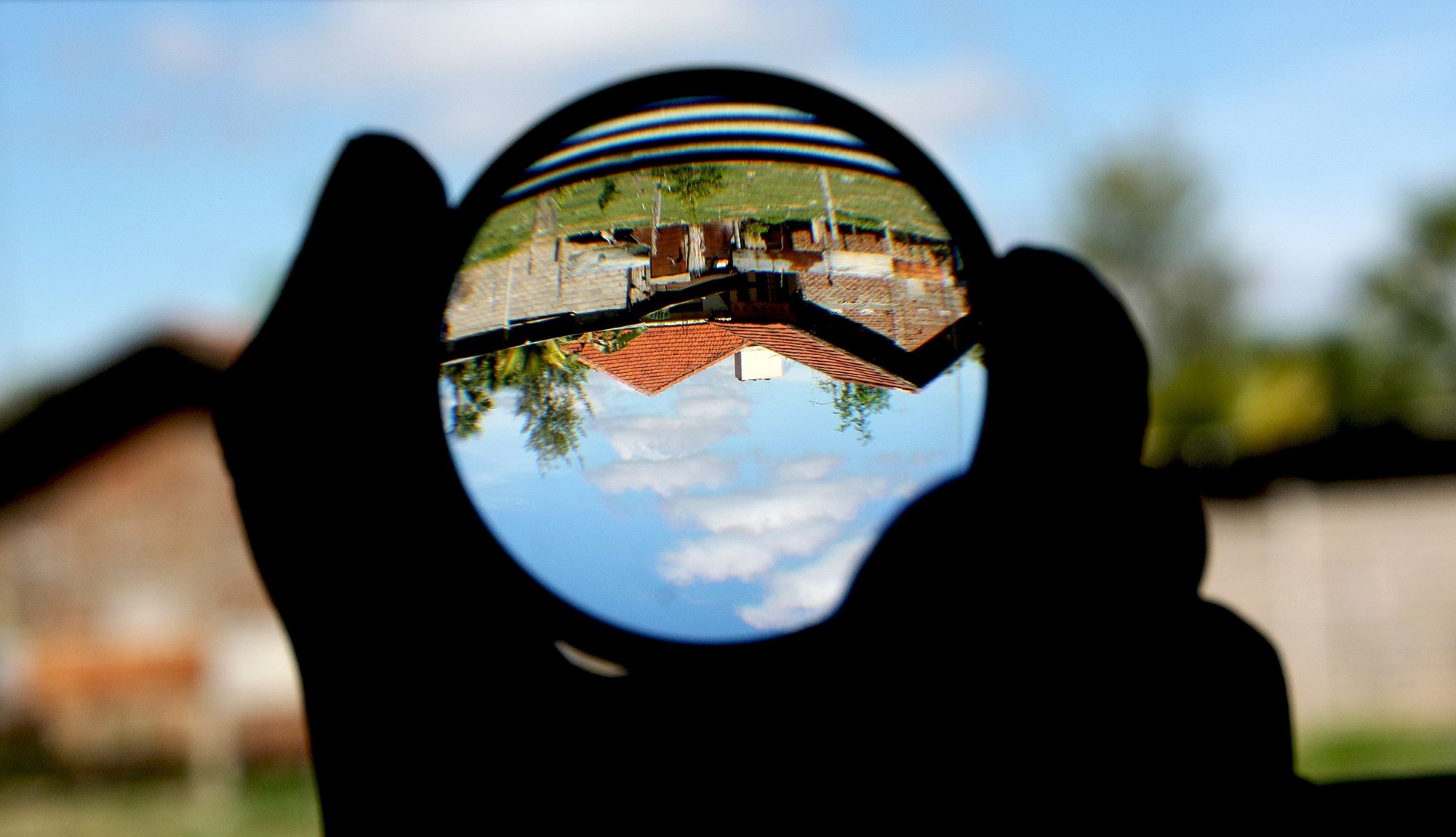
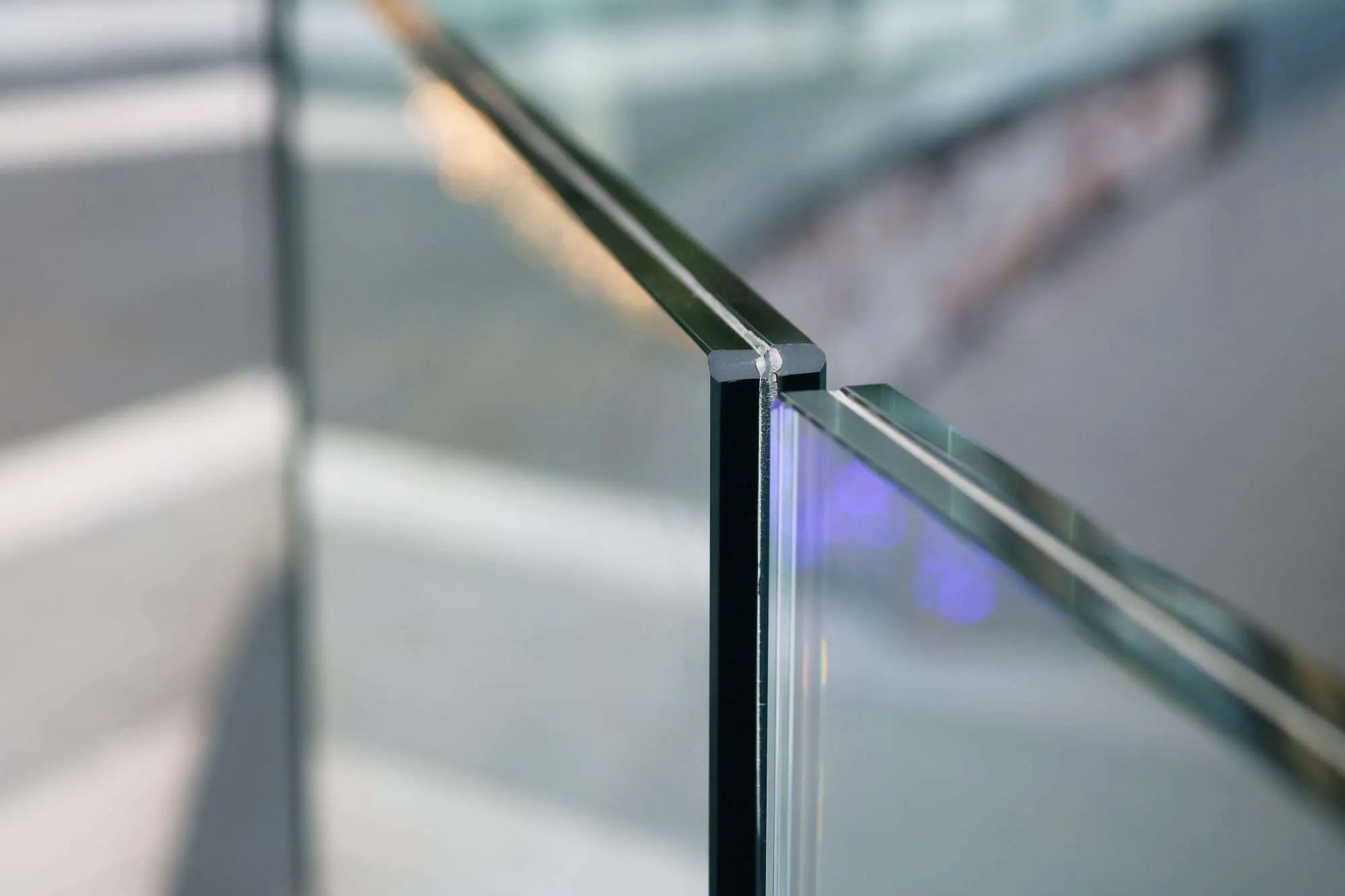
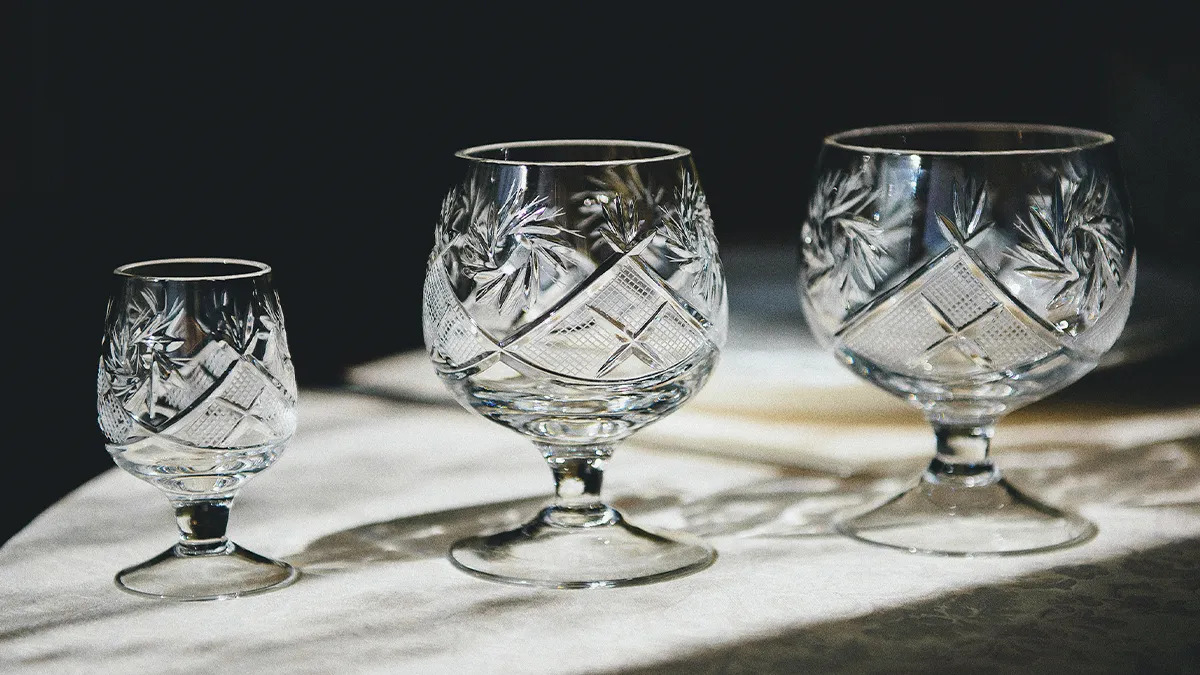


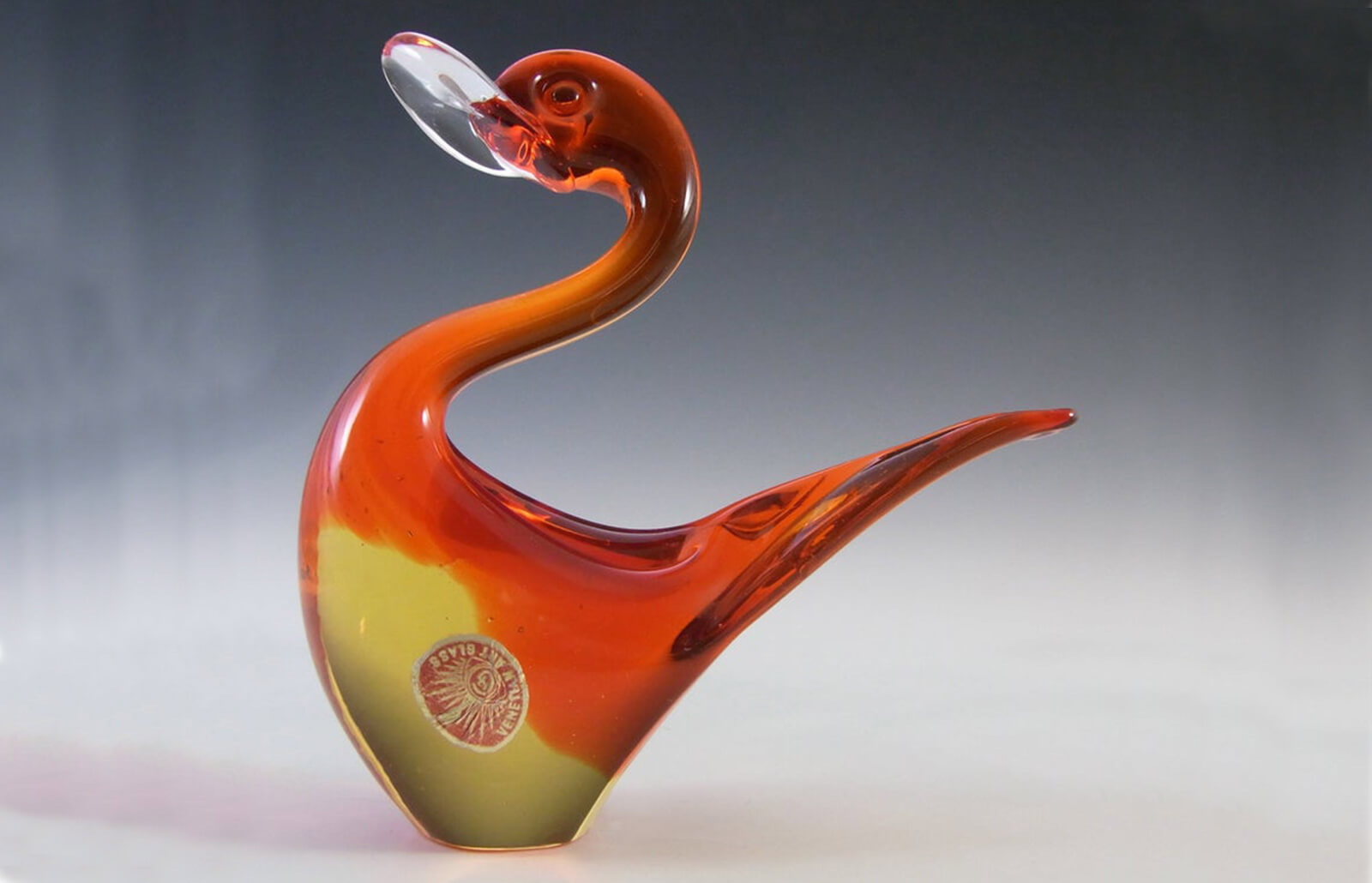

0 thoughts on “How To Tell If A Diamond Is Real With A Magnifying Glass”